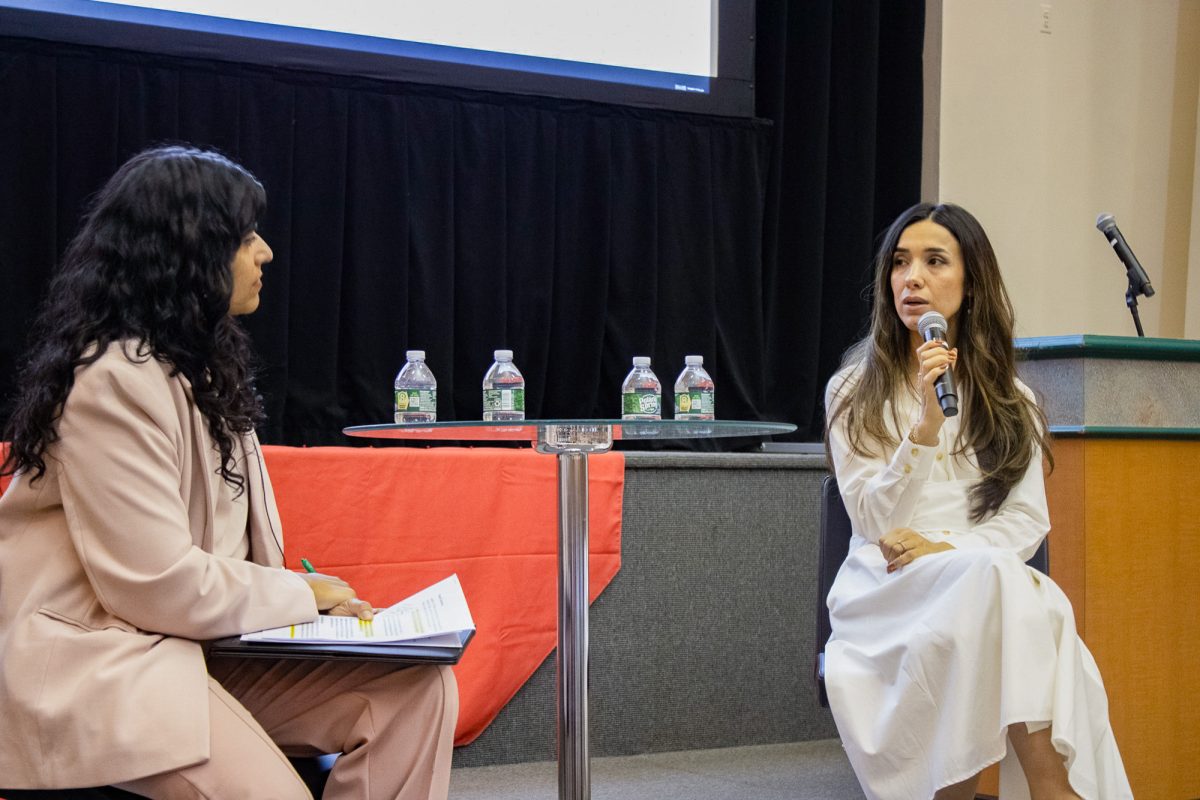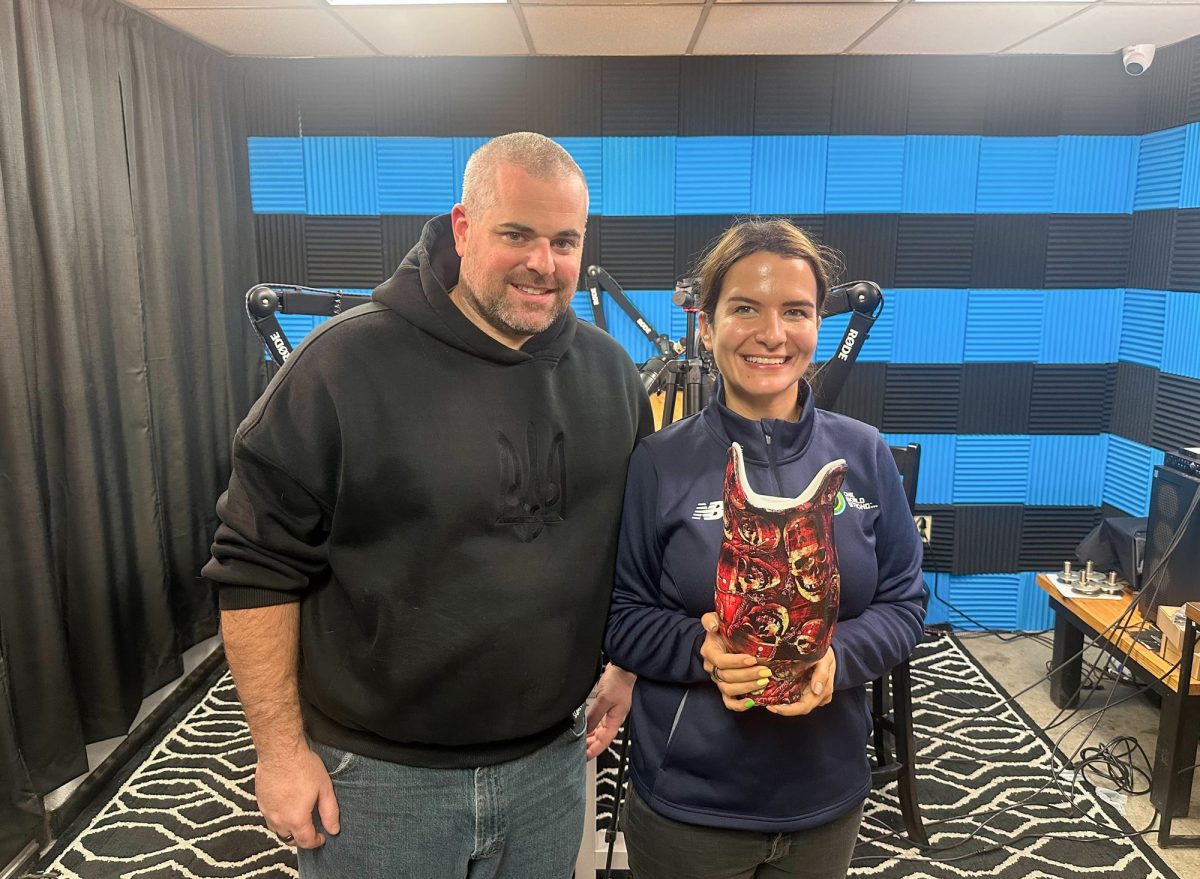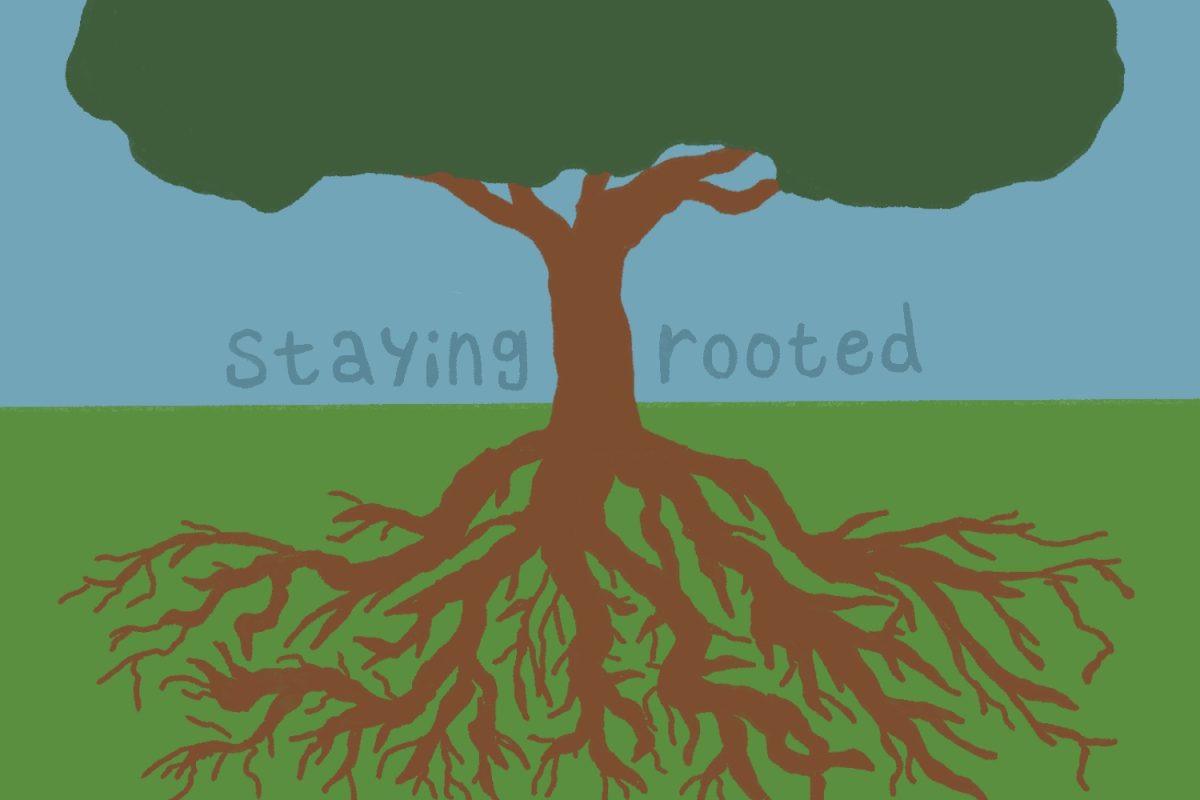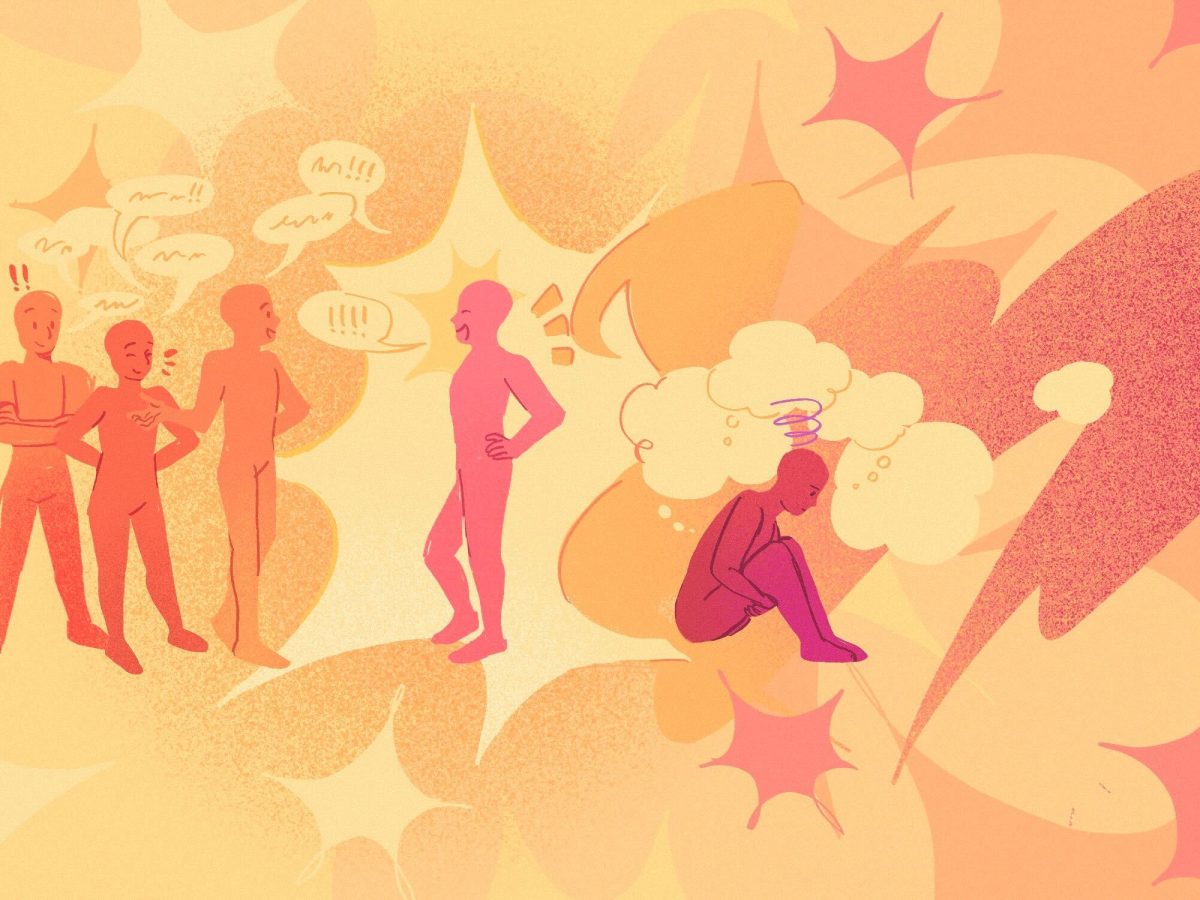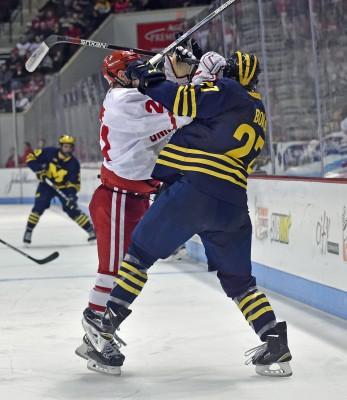
Boston University researchers found a relationship between repeated head trauma in amateur sports and a number of later-life cognitive dysfunctions in a report released Thursday, said principal researcher Philip Montenigro.
“This is the first study that has established cause-and-effect relationships between that exposure from amateur football and later-life clinical impairment,” said Montenigro, a postdoctoral student in the BU School of Medicine. “What we need to do next is figure out what’s causing that impairment in the brain.”
Contact sports, particularly those like American football, are responsible for a large number of concussions. Football is known to have caused the highest rate of concussions, and more than 4.5 million amateur athletes play the sport each year, the report stated.
According to a survey cited in the report’s introduction, around 50 percent of high school and college football players suffer a concussion each year, and more than 30 percent sustain multiple concussions.
Montenigro said since the research team has established the connection between trauma and cognitive impairment, the next step is to look beyond these results and further into the brain’s processes.
“We also want to look at what might actually be happening in the brain,” Montenigro said. “The way to do that would be to do neuroimaging or to do a post-mortem study where we determine whether or not it’s [chronic traumatic encephalopathy] or some other pathological process.”
Montenigro said repetitive head trauma in amateur sports affects a number of functions such as impairments in mood, cognition and depression.
“[The study] is the first step in examining the cause and effect between exposure to repetitive head impacts at the youth, high school and college level,” Montenigro said. “And that includes its relationship to later-life risk for impairments in … apathy, cognitive dysfunction.”
For a more accurate measurement of trauma, the study devised a metric that estimates an athlete’s total exposure and took into account number of seasons and years played, age at first exposure and concussion history, according to the report.
With a sample size of around 90, Montenigro said this study was just a starting point for further discovery into the exact cause of cognitive dysfunctions after head trauma.
“The limitations of this study are that it has a small sample size and that we need to do larger prospective studies,” Montenigro said.
Several students said more research regarding the negative long-term effects of repetitive head trauma would be an important way to spread awareness and protect young athletes.
Mari Fletcher, a sophomore in the College of General Studies, said spreading empirical and scientific information is important to disseminate any surrounding stigma and inform athletes and their families about the risks of playing sports.
“Depending on the parent, it would be good for them to have as much information as they can because there isn’t that much information available out there,” she said. “No one knows hard statistics, and sports like lacrosse have the same risks but not the same stigma.”
Krystal Ball, a freshman in CGS, said she is skeptical about the attention people will pay to these results.
“I don’t know if people will necessarily listen,” she said. “It will take some time, especially if you try to tell a lot of people. Some people know about it, and some people fight the idea even though there is so much research behind it.”
Camilla Kemppainen, a sophomore in the Sargent College of Health and Rehabilitation Sciences, said studies like this one are important for parents to evaluate risks before their children begin sports.
“It is important for parents to know, so they can protect their kids,” she said. “If they see what it actually does to them, they can decide if they still want to be involved in those sports, even if it might affect them later in life.”










